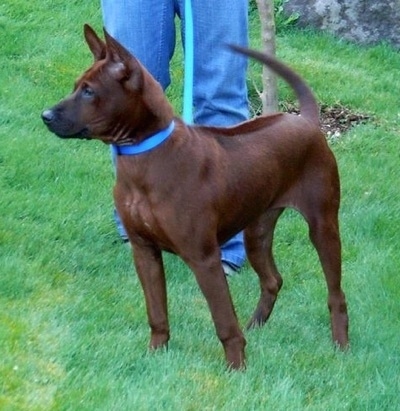Stats On Exotic Pets (Infographic) (10)
 Throughout my time arguing in protection of exotic pet ownership and zoos, it is rather common for my opponents to level to something they’ve seen on some news story to back up their claims that a certain animal have to be harmful, roaming the wilds invasively, or often abused.
Throughout my time arguing in protection of exotic pet ownership and zoos, it is rather common for my opponents to level to something they’ve seen on some news story to back up their claims that a certain animal have to be harmful, roaming the wilds invasively, or often abused.
Scurvy’s not only for pirates anymore! We’ve established that guinea pigs love fruits and veggies. This is an excellent thing because guinea pigs, like humans, are one of the few species of animal whose bodies aren’t capable of generate Vitamin C. If guinea pigs do not get sufficient in their diets, they’ll contract a situation known as scurvy. This can make a guinea pig very sick and even die, so it is necessary to get at least 10mg of Vitamin C into their programs each day.
Coatimundi are a member of the raccoon family, sharing the ringed tail and the inquisitive nature. However, the raccoon is nocturnal and the coatimundi will not be. The Coatimundi can also be referred to as the hog-nosed coon, snookum bear and Brazilian Aardvark. The coatimundi (pronounced ko-WAH-ti-MUN-dee)is a local of Central and South America. Their lifespan is an average of 14 years, they weigh between 7 and 15 pounds, and are wonderful tree climbers. They are commonly known as coati for brief.
My dangerous animal rule: Any animal possessing the capability to immediately cause a fatality or life-threatening damage to a mean-sized, aware, healthy adult human must be regulated in a roundabout way, excluding some livestock animals that have little or no related fatalities, all reptiles (excluding listed venomous snakes) and lethal arthropods. Some animals, regardless of having a lethal capability, will be maintained with widespread sense and the risk is low.
Unfortunately, because the commerce in unique pets grows, we will anticipate extra abused animals, more maulings, and extra illness outbreaks. With sufficient prodding from animal rights groups and anxious citizens, state and native governments can be responsive to those tragedies and continue to ban, or at the very least restrict, captive wildlife ownership. The Animal Protection Institute has begun this important work and provides model legislation for states and local governments. Model State Legislation , Animal Protection Institute, at (revised Aug. 21, 2003); Model Ordinance , Animal Protection Institute, at (revised Aug. 21, 2003).